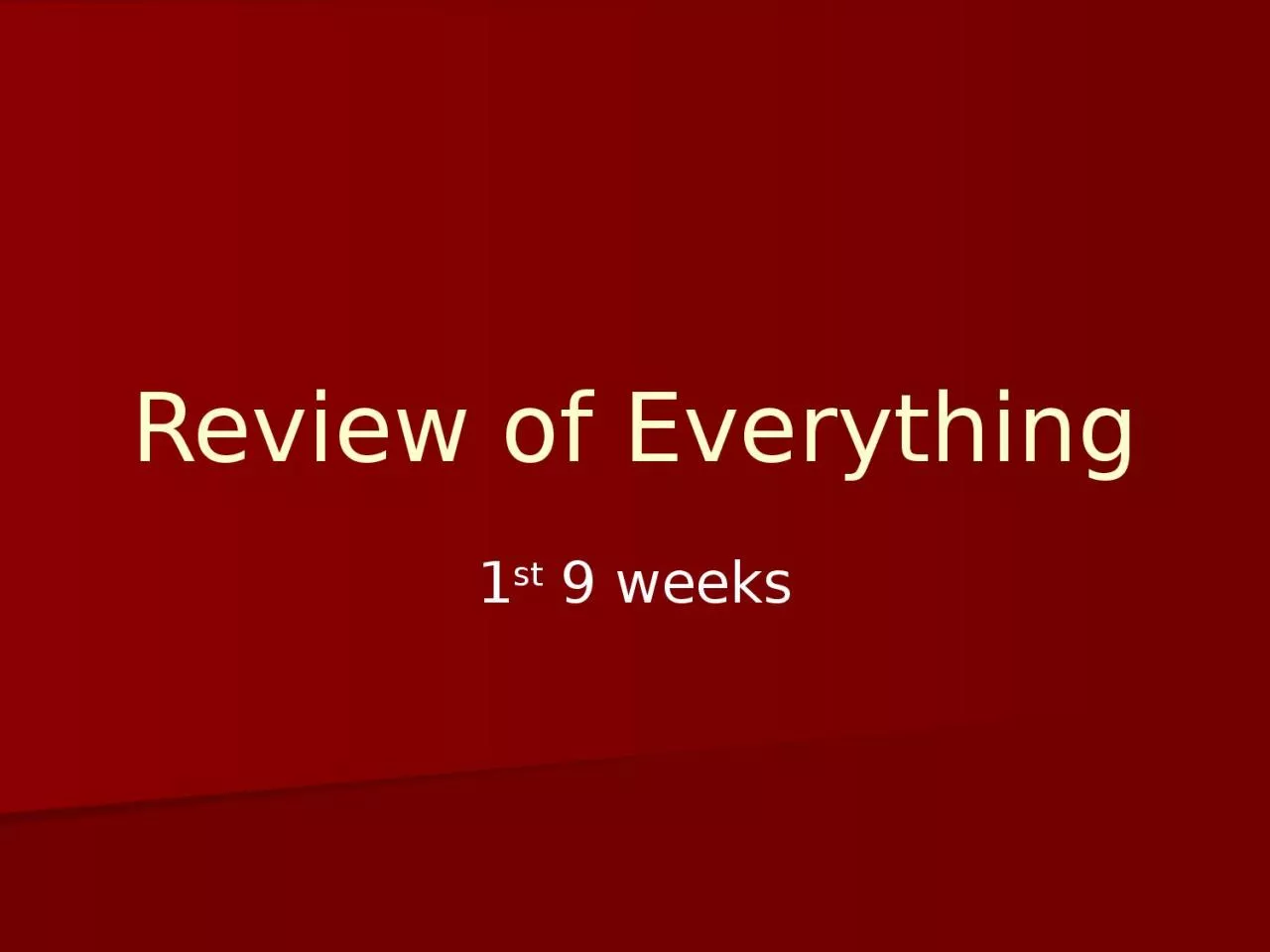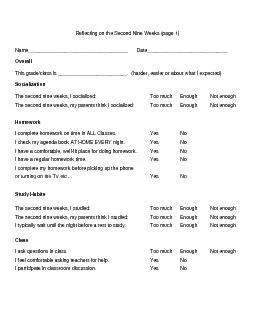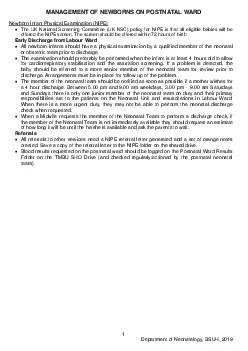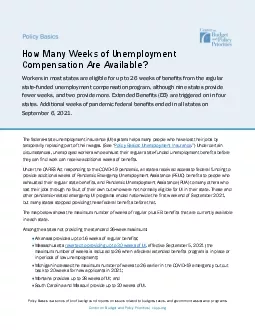PPT-1 st 9 weeks Review of Everything
Author : lucinda | Published Date : 2023-10-04
Thermochemistry Equations Sheet Hesss Law Hesss Law Enthalpy is a state function the change in enthalpy in going from initial state to final state is independent
Presentation Embed Code
Download Presentation
Download Presentation The PPT/PDF document "1 st 9 weeks Review of Everything" is the property of its rightful owner. Permission is granted to download and print the materials on this website for personal, non-commercial use only, and to display it on your personal computer provided you do not modify the materials and that you retain all copyright notices contained in the materials. By downloading content from our website, you accept the terms of this agreement.
1 st 9 weeks Review of Everything: Transcript
Download Rules Of Document
"1 st 9 weeks Review of Everything"The content belongs to its owner. You may download and print it for personal use, without modification, and keep all copyright notices. By downloading, you agree to these terms.
Related Documents













![[PDF] DOWNLOAD The Everything Wills And Estate Planning Book: Professional Advice to](https://thumbs.docslides.com/1017593/pdf-download-the-everything-wills-and-estate-planning-book-professional-advice-to.jpg)
